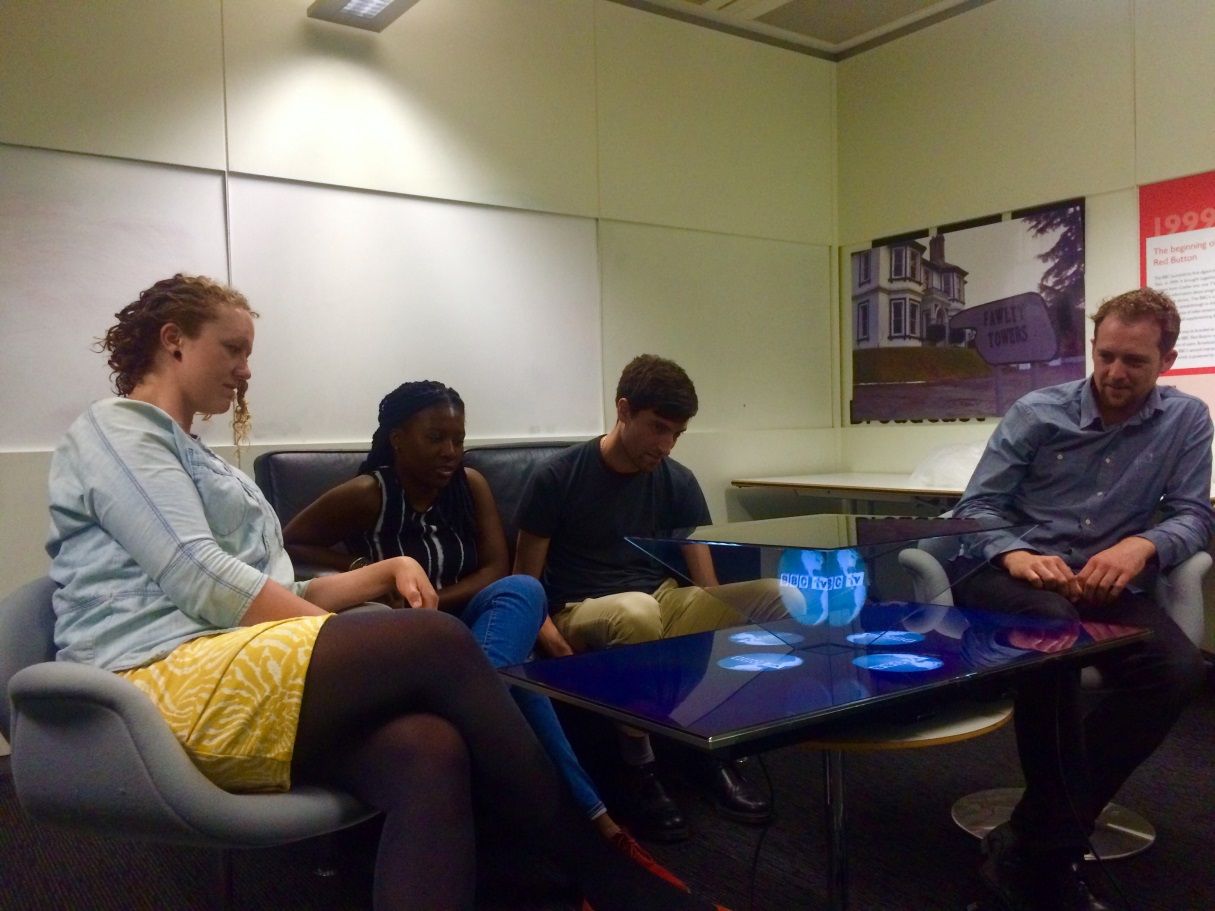The BBC has often been at the forefront of new broadcast technologies, trialling 3D, virtual reality and 4K programming long before many others.
All three have either made it into the public sphere or are on the immediate horizon - and one has even been and gone. Now the Beeb is casting an eye on another entertainment tech that it could end up making content for: holographic TV.
As part of its work on exploring emerging technologies, the BBC has trialled content from its archive on a working prototype of a holographic television. It used existing tech and simple techniques to create 3D imagery that seemed to float in the air.
What it came up with was a rather low-fi holographic solution, but it showed how a concept that seems outlandish now could work with further development.
The BBC team behind the prototype took a 46-inch TV, laid it flat and made a simple acrylic pyramid that it balanced in the centre. It used old Victorian theatre techniques to then project images onto the sides, using the expertise of MDH Hologram, which, when combined, created a single floating holographic picture.
It works best when ambient lighting in the room is at a minimum and the physical size of the flat TV determines the overall size of the hologram, but test subjects were impressed by the end results.
A fully working holographic TV is clearly a long way off yet, but we applaud the BBC for starting the ball rolling. You can read more about it on a dedicated blog on BBC.co.uk.

